Beeswax is an abundant natural resource that you can use to waterproof various materials. Worker bees make beeswax in order to create a honeycomb where food is stored and eggs are laid. Beeswax has certain properties that make it an excellent choice when used as a material waterproofer, such as its high melting point, and its resistance to solvents. Beeswax also has the added bonus of smelling nice.
How to Waterproof Material With Beeswax
Obtain beeswax. This can be done commercially, by purchasing beeswax from a retailer or naturally, by harvesting fresh beeswax from an active hive. Natural harvesting of beeswax is not without peril. Those who choose this method should have extensive experience working with bees in order to avoid personal harm as well as unintentional harm to the bees or hive.
Purify the wax. If the wax you have obtained is natural, the impurities should be removed before you attempt to use the wax. Beeswax in buoyant and will float in water, but most of the impurities will not. The simplest method for removing these impurities is to put the wax in a container of water and melt it, such as on a stovetop. The purified wax will float to the top and can be spooned off, while any contaminants will sink to the bottom.
Spread the cloth out flat. Whatever material you wish to waterproof should be laid flat and inside out.
Rub the cloth with a lump of purified bees wax. This process should be completed painstakingly. As you work the wax over the cloth you are looking for a uniform graying to occur. After the entire cloth has been worked, the cloth should remain porous to air and yet impervious to water.
This technique may need to be reapplied over time as friction may wear away at the coating of wax over the fabric.
Related Articles
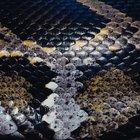
How to Care for Python Leather
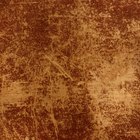
How to Beeswax Leather

Shoe Polish Ingredients

Uses for Anhydrous Lanolin
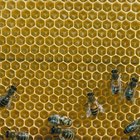
How to Make Beeswax Face Cream
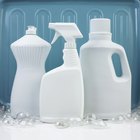
Difference Between Soap & Synthetic ...
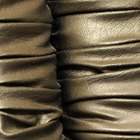
What Is Polyurethane Coated Leather?
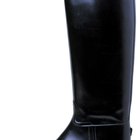
How to Wax Your Boots
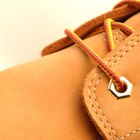
How to Clean Colored Suede

How Can I Take the Shine Off My Fake ...
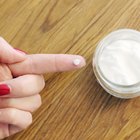
How to Make Natural Face Moisturizer

How to: Eucalyptus Oil as a Flea ...

Shoe Polish vs. Waterproof Spray

How to Clean Your Suede Sperrys
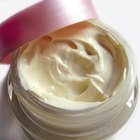
Preservatives Used in Cream

Homemade Coconut Pomade

How to Dull a Shiny Black Shoe

Purpose of Moth Balls
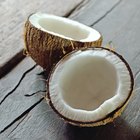
Uses of Coconut Fiber
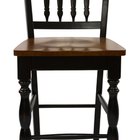
Denatured Alcohol Uses
References